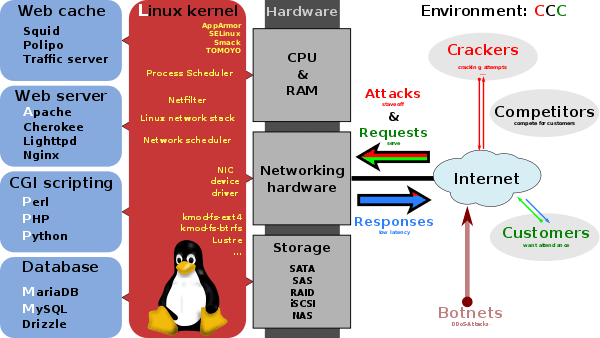What Is Mysql?
MySQL is free and open-source software under the terms of the GNU General Public License, and is also available under a variety of proprietary licenses. MySQL was owned and sponsored by the Swedish company MySQL AB, which was bought by Sun Microsystems (now Oracle Corporation). In 2010, when Oracle acquired Sun, Widenius forked the open-source MySQL project to create MariaDB.
MySQL has stand-alone clients that allow users to interact directly with a MySQL database using SQL, but more often, MySQL is used with other programs to implement applications that need relational database capability. This database management system is a component of the LAMP web application software stack (and others), which is an acronym for Linux, Apache, MySQL, Perl/PHP/Python. This database management system is used by many database-driven web applications, including Drupal, Joomla, phpBB, and WordPress. This database management system is also used by many popular websites, including Facebook,Flickr, MediaWiki, Twitter, and YouTube.


 This database management system can be built and installed manually from source code, but it is more commonly installed from a binary package unless special customizations are required. On most
This database management system can be built and installed manually from source code, but it is more commonly installed from a binary package unless special customizations are required. On most 